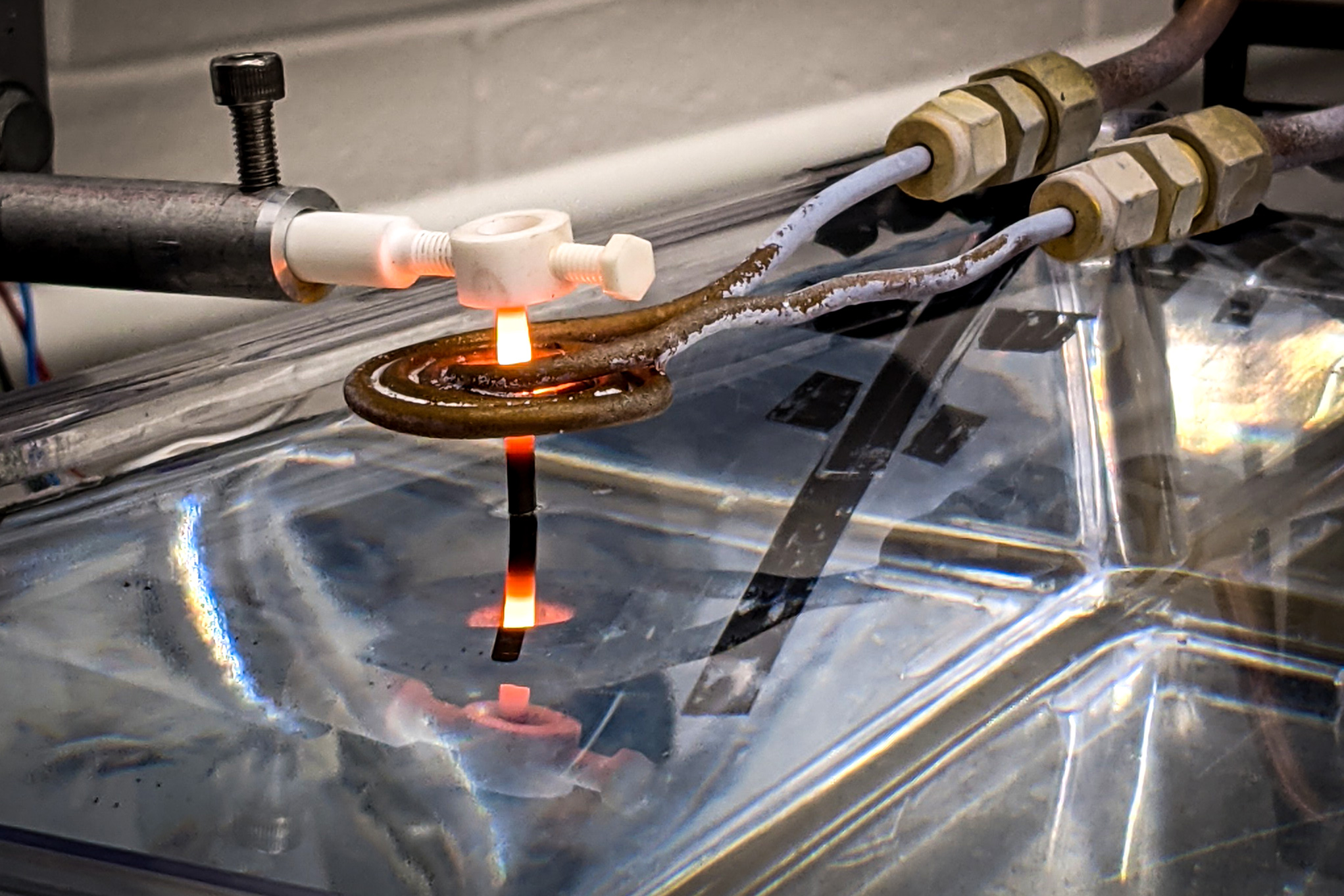3D Printing for Energy Applications: Exploring Current and Future Perspectives
Introduction: Unlocking the Potential of Additive Manufacturing in Energy
Additive manufacturing (AM), commonly known as 3D printing, has revolutionized various industries, and its impact is now being felt in the energy sector. AM offers unique capabilities in creating complex and customized components, paving the way for advancements in energy production, storage, and distribution.
Current Applications of 3D Printing in Energy
Energy Production: AM enables the production of complex and lightweight components for wind turbines, solar panels, and fuel cells, improving efficiency and reducing costs.
Energy Storage: 3D printing is used to create electrodes and separators for batteries, allowing for more efficient and compact energy storage solutions.
Energy Distribution: AM facilitates the production of custom-designed heat exchangers and fluid flow components, optimizing energy distribution systems.
Future Perspectives of 3D Printing in Energy
Advanced Materials for Energy Applications
AM unlocks the potential to use advanced materials, such as graphene and carbon nanotubes, to enhance the performance and efficiency of energy components.
Large-Scale 3D Printing for Renewables
As AM technology scales up, it will enable the production of large-scale components for renewable energy systems, such as wind turbine blades and solar farms.
Personalized Energy Solutions
AM empowers consumers to design and print custom energy solutions tailored to their specific needs and lifestyles.
Conclusion: Embracing the Energy Revolution
3D printing has emerged as a powerful tool for transforming the energy sector. By fostering innovation and enabling the creation of complex and tailored components, AM holds the key to unlocking the full potential of renewable energy sources and transitioning to a more sustainable and efficient energy future.



0 Komentar